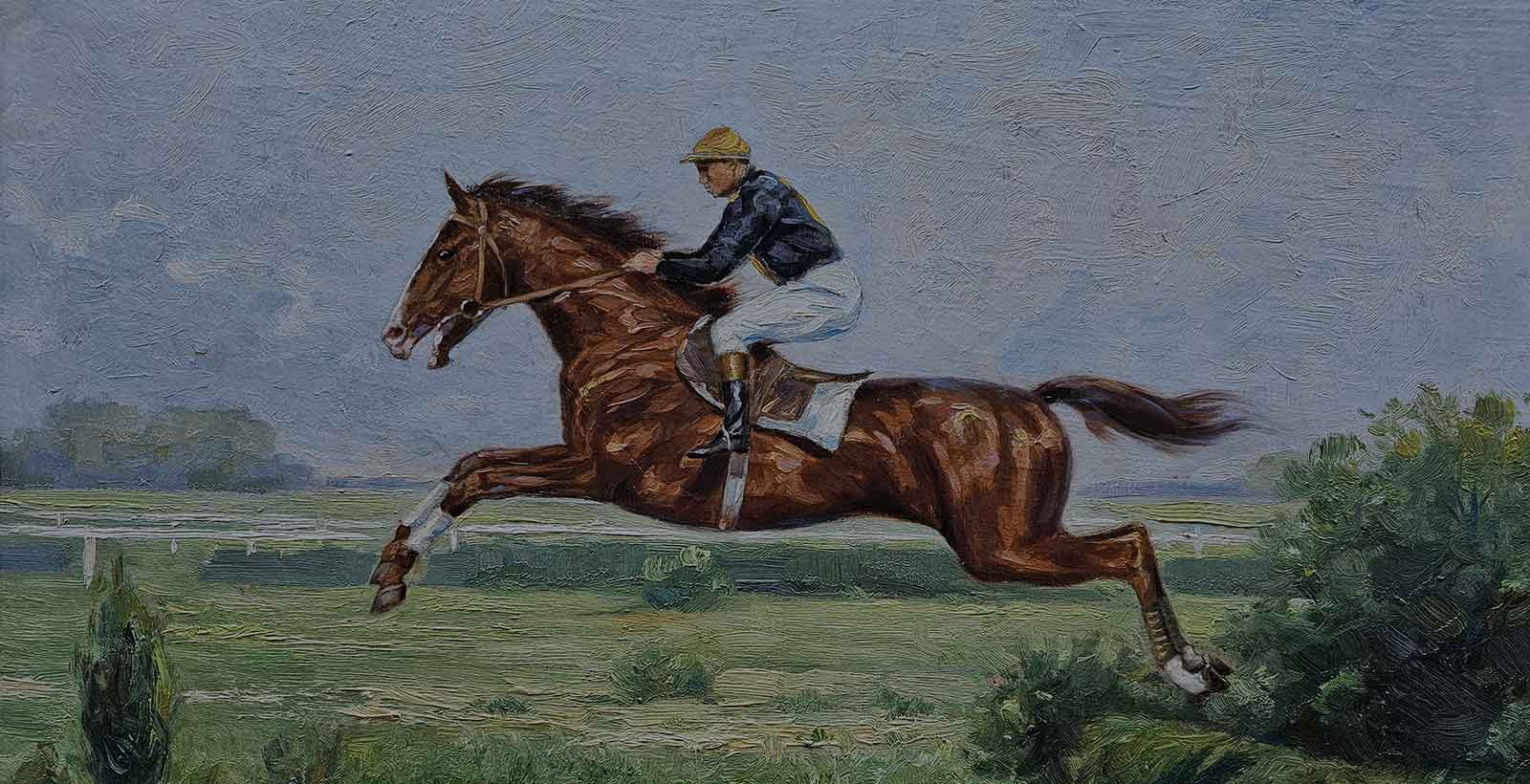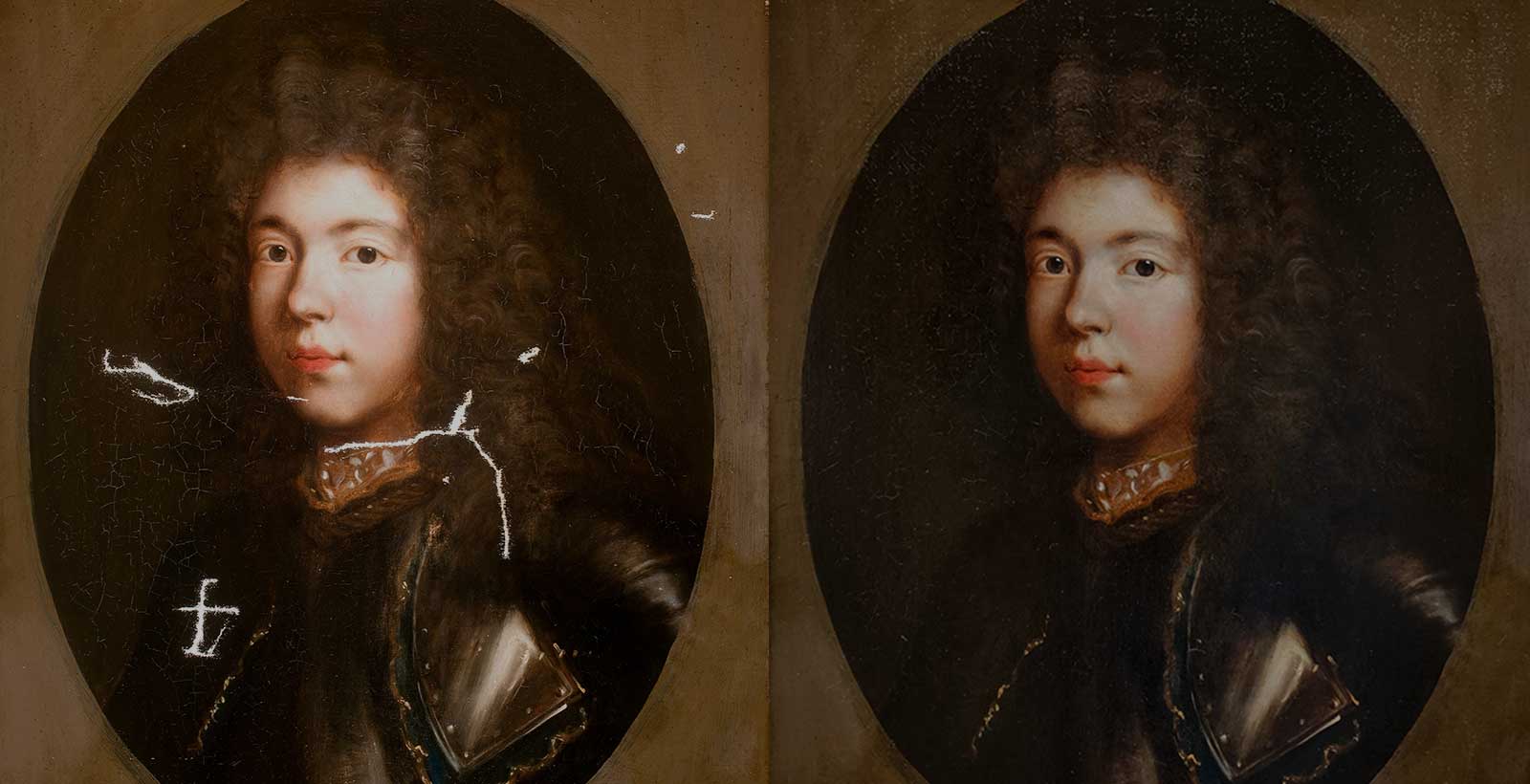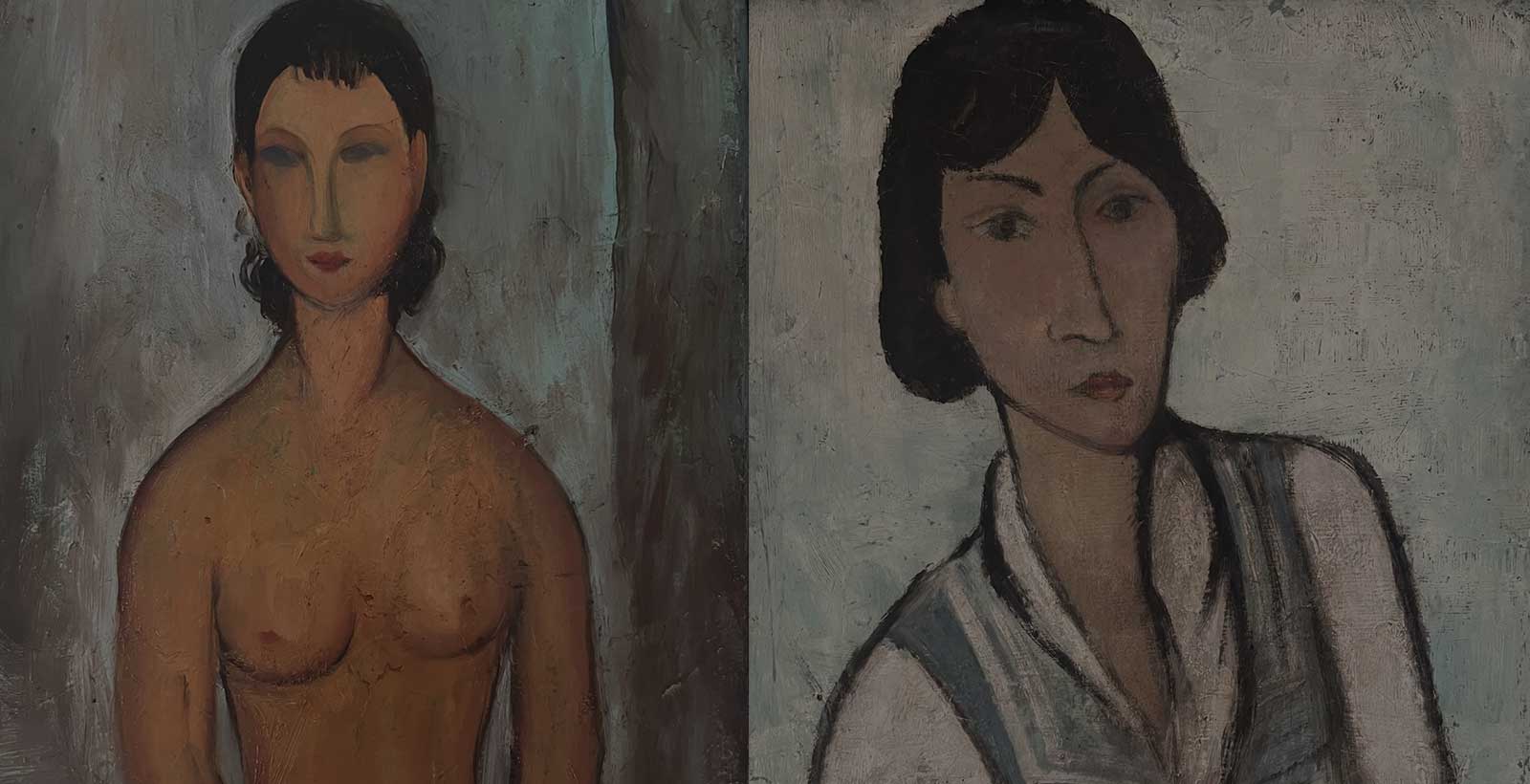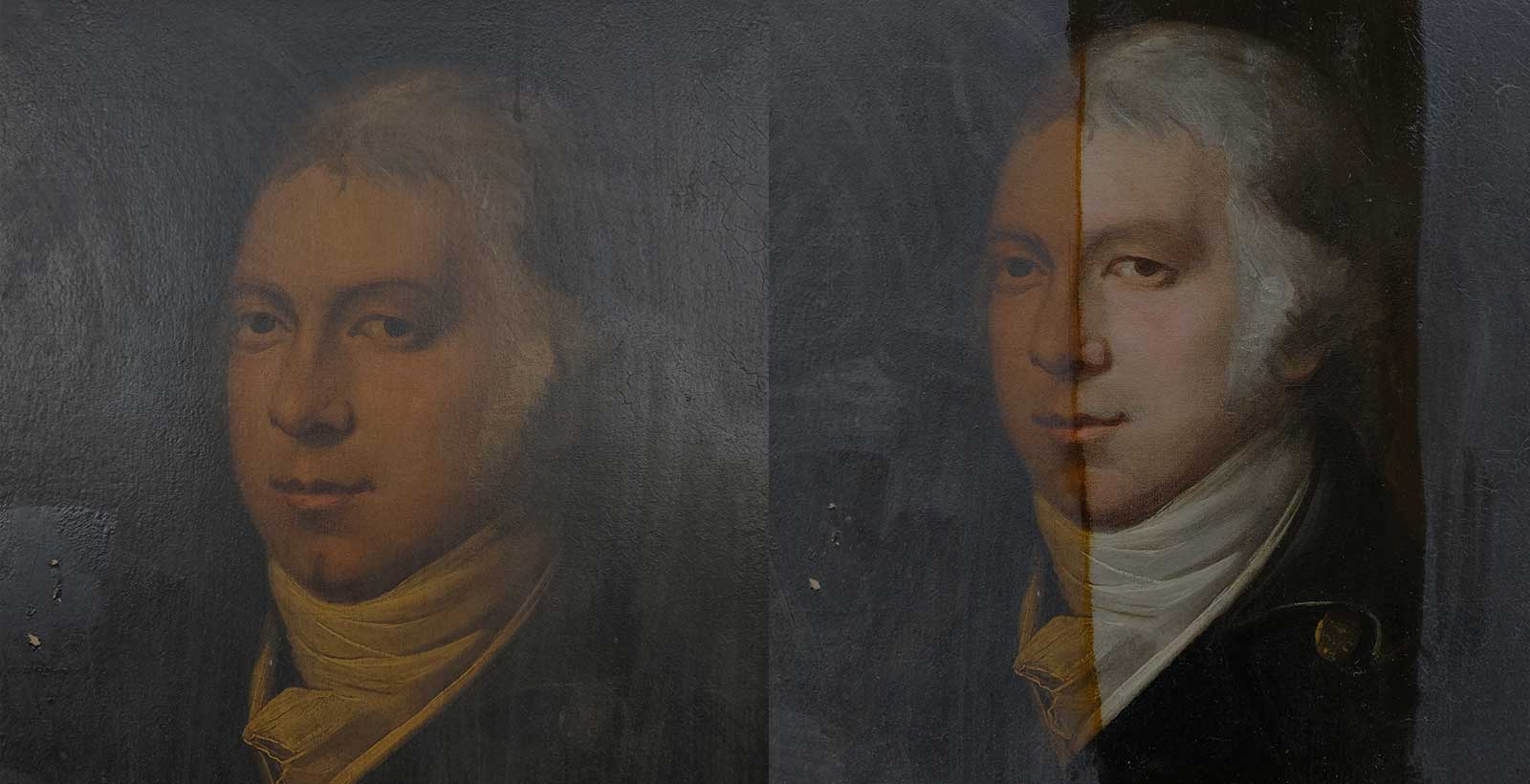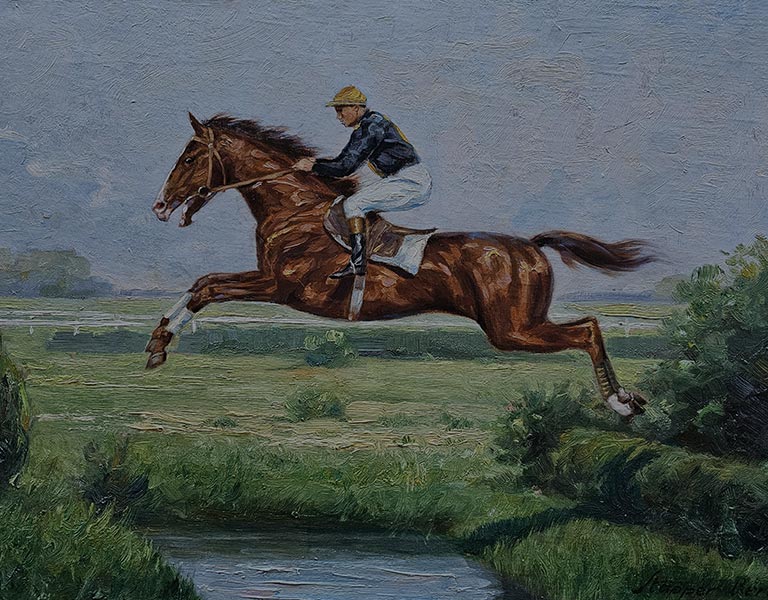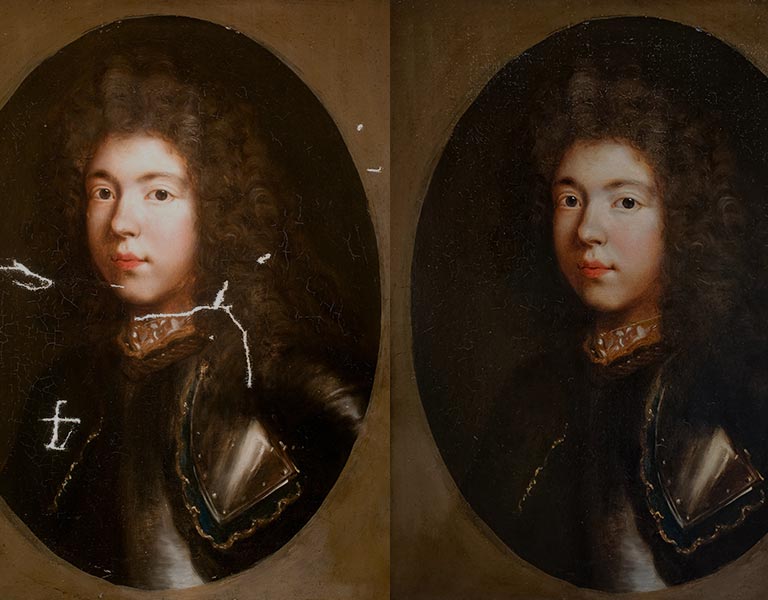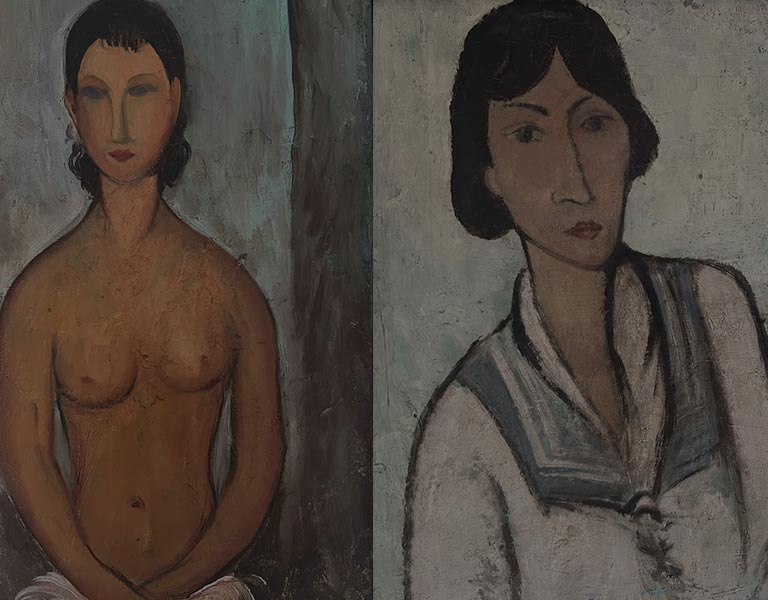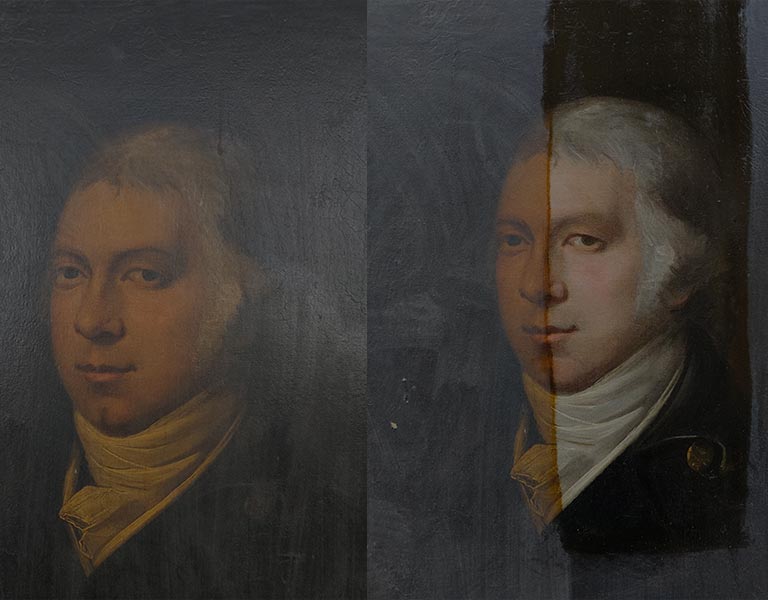J.H Cooke & Sons est.1928, are one of the oldest oil painting restorers in London. With clients worldwide, we are trusted to deliver a first class service every time.
Looking to have a painting cleaned and restored can be difficult. With premises in the London area, at J.H Cooke and Sons we have been providing an excellent service in the conservation and restoration of oil paintings for nearly 100 years. Our clients have included many West End dealers, private collectors, overseas clients, regional and national galleries, as well as Christie’s and the other London salerooms.
With our knowledge and comparatively large team, we are able to innovate and develop many new techniques for dealing with the broad and ever-changing problems encountered in twenty-first century conservation, as well as refining and perfecting traditional ones. Therefore, can offer all aspects of conservation and restoration of paintings in a variety of media. We have a wealth of experience of paintings in oil, tempera and acrylic, and on a variety of supports: canvas, panel (wood and metal), card and paper.
At J.H Cooke & Sons, we give firm quotes to our clients, together with a clear estimate of how long the work will take. The security of our premises has been inspected and approved by experts acting for the insurers of our major clients.


Client Testimonials
“We have been working with JH Cooke & Sons for the past 15 years. Their skill, knowledge, care, and attention to detail are second to none. They are an absolute pleasure to work with and we could not recommend them enough to anyone who is looking to have their painting cleaned or restored.”
“I have taken many paintings to JH Cooke and Sons for cleaning and restoration work. I have always found them to be extremely professional and knowledgeable and they have always done a fantastic job for me. They are highly experienced and take the time to explain and discuss the sensitive work required for each individual painting. I cannot recommend them highly enough.”
Oil Painting Restoration, Conservation & Other Services Available
Get in Contact Today
At J.H Cooke & Sons, our team take the time to listen to your needs and requirements. So, if you require some advice or need more information on our services please contact us today.
